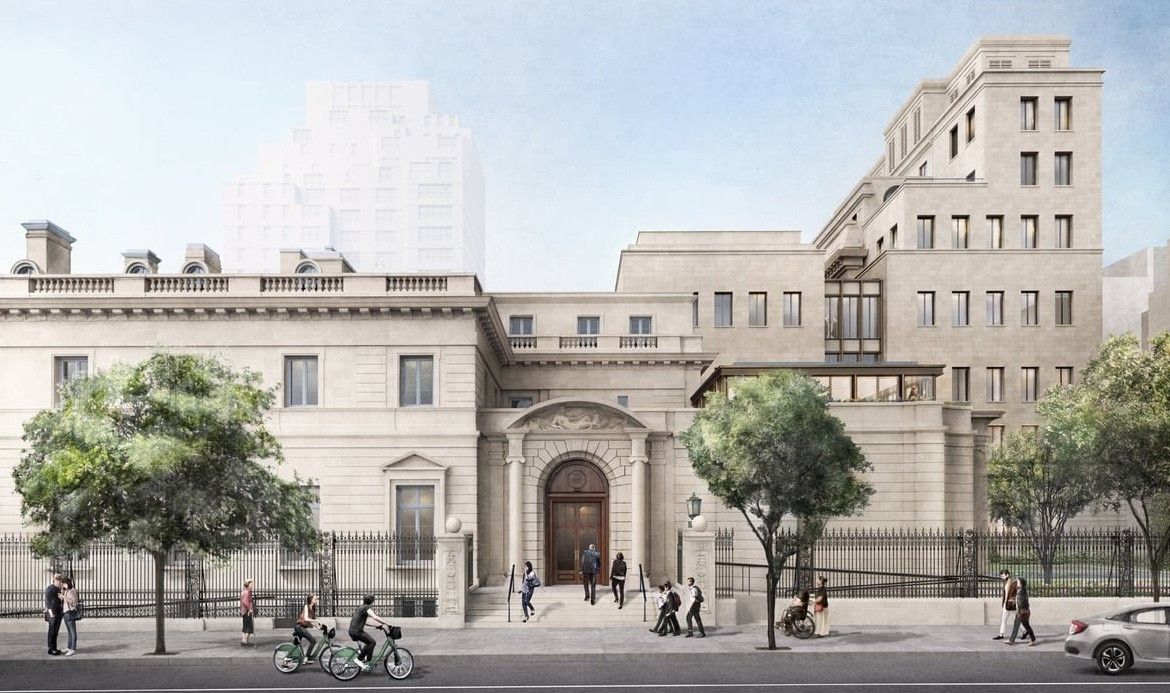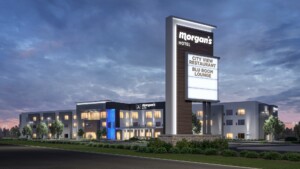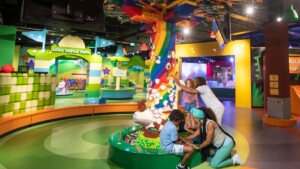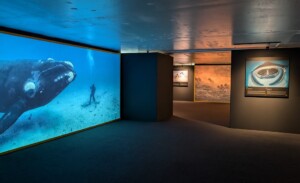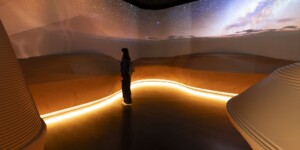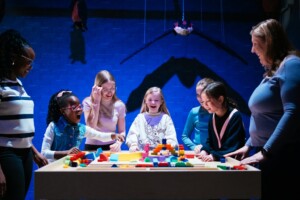New York‘s Frick Collection has launched the public phase of its fundraising campaign for the ongoing renovation and enhancement of its historic buildings.
The Frick has already raised $242 million of its $290m goal during its quiet phase. Designed by Selldorf Architects in collaboration with Beyer Blinder Belle Architects & Planners, the project is the first complete upgrade of the Frick’s facilities in nearly 90 years.
When the renovated museum reopens late next year, more of the original 1914 Frick family residence will be accessible to the public, including the mansion’s second floor, which will feature new galleries for small-scale works.
The museum’s first-floor galleries are also being restored, and the Frick is adding a new 220-seat auditorium with state-of-the-art acoustics.
Upgrading the 1914 Frick residence
Throughout the Frick Collection‘s renovated buildings, there will be new spaces for exhibitions and education, as well as new public amenities, including a cafe. The Frick is also upgrading its systems and infrastructure, and improving accessibility across the site.
Additionally, the institution is creating state-of-the-art conservation facilities for its sculpture and decorative arts collections and library collections.
Ian Wardropper, the Frick’s director, said the fundraising drive is “critical to ensuring that the Frick’s unparalleled holdings and historic buildings can be enjoyed and experienced by audiences for years to come”.

“As we eagerly anticipate the reopening of our renovated and enhanced home at the end of next year, the now-public phase of our capital campaign provides an exciting opportunity to engage a wider community in the support of this transformative project,” he added.
Currently, the Frick is located in a temporary space in the historic Breuer building. Frick Madison will close on 3 March 2024. Wardropper recently said the residency “has been rewarding and productive”.
“We have been especially gratified to welcome new audiences to Frick Madison, as well as inspiring longstanding supporters through thought-provoking installations, new publications, and innovative programming,” he added.
Images courtesy of the Frick Collection
